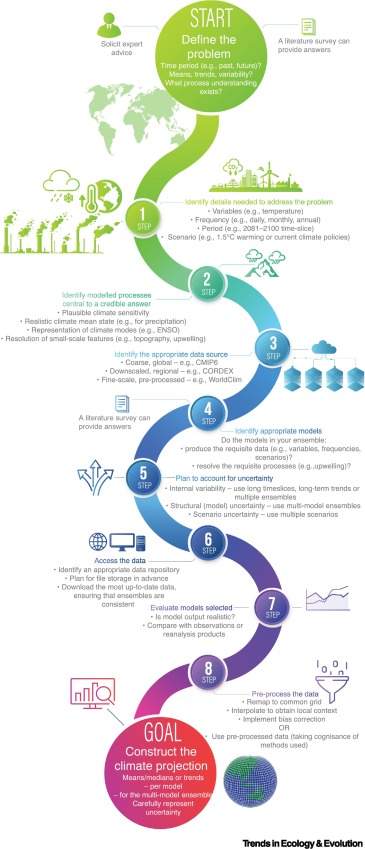Elsevier,
Comparative Biochemistry and Physiology Part - C: Toxicology and Pharmacology, Volume 271, September 2023
OKA is a potent neurotoxin and has a profound effect on cognitive dysfunction in Zebrafish. 4D and 10D OKA treated zebrafish show significant changes in gene expressions related to neuroinflammation. OKA exposed zebrafish display a substantial number of proteins that are involved in contributing to AD pathology. OKA-induced AD in zebrafish model can be used as a screening tool to explore further underlying possible mechanisms.
Climate change is one of several drivers of recurrent outbreaks and geographical range expansion of infectious diseases in Europe. We propose a framework for the co-production of policy-relevant indicators and decision-support tools that track past, present, and future climate-induced disease risks across hazard, exposure, and vulnerability domains at the animal, human, and environmental interface.
This research studied different heating systems in China and Europe. The sensitivity analysis found that electrifying heating systems with heat pumps can reduce household heating costs and mitigate European cities’ dependence on natural gas, providing policy recommendations on future building cost-effective retrofits and heating electrification in Europe.
To plan for an uncertain future, life scientists are often required to use the output from climate models to develop recommendations for policy. The authors explain best practice for use of these models, this research supports SDG 2, 13, 14 and 15.
PLMP leverages the interdependencies in the semantic network to project markers from the social discourse level (tweets) to the word level, allowing for a richer interpretation of the online sentiment. The authors apply PLMP to analyze online discourse around three major events: #MeToo, #FridaysForFuture, and #Covid19
This article advances SDG # 3, 4, 8, 10 and 13 by compiling evidence showing that climate change and its various consequences can adversely affect brain development in the fetal through the early childhood stages. Long-term consequences on health, education and economies are significant. T
This article advances SDG # 13 through its Visual Earth (art feature) depicting the need to act now on Climate Change.
This article advances SDG # 13 by arguing that flaws with carbon offsets, such as exaggerated climate benefits, emission avoidance rather than carbon removal, non-durable carbon storage, greenwashing, and double-counting, ultimately make the current system incompatible with the Paris Agreement.
The data in this study highlights how important it is for future mental health policy and practice to incorporate support for those experiencing climate-related emotional distress and its mental health impacts.
Nightmares are a re-experiencing symptom of Post-Traumatic Stress Disorder (PTSD) and Complex PTSD (CPTSD). Nightmare features are associated with PTSD and CPTSD symptom-severity. Other variables may better predict CPTSD.


